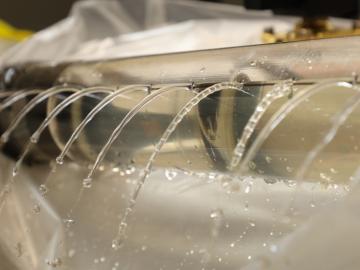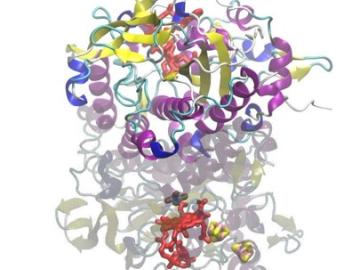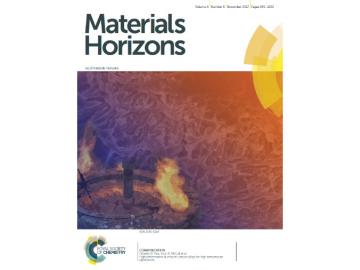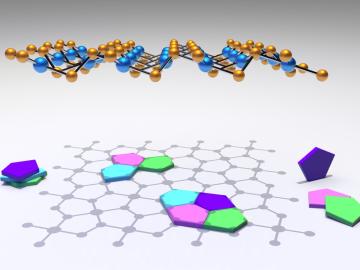Filter News
Area of Research
News Type
Date
Media Contacts

Parans Paranthaman, a Corporate Fellow researcher at the Department of Energy's Oak Ridge National Laboratory, has been elected a fellow of the National Academy of Inventors (NAI). The NAI's fellows selection committee and board of directors

A precision approach to treating snow- and ice-covered roads, developed by an Oak Ridge National Laboratory-led research team, aims to help cities effectively allocate resources and expand coverage on roadways. The combined software and hardware technology analyzes existing city data and uses high-resolution modeling to identify areas most vulnerable to drivers during hazardous weather conditions.

An Oak Ridge National Laboratory-led team discovered a function of certain microbes that produces a new derivative of vitamin B12, which is crucial to a cell’s ability to perform life-sustaining metabolic activities. Their findings could ultimately open avenues for novel environmental and water clean-up strategies.



Five researchers at the Department of Energy’s Oak Ridge National Laboratory have been elected fellows of the American Association for the Advancement of Science (AAAS). AAAS, the world’s largest multidisciplinary scientific society

Jim Szybist, senior researcher at the Department of Energy's Oak Ridge National Laboratory, has been elected fellow of SAE International, the highest grade of membership for this global association of 128,000 engineers and technical experts in the


Geospatial scientists at Oak Ridge National Laboratory have developed a novel method to quickly gather building structure datasets that support emergency response teams assessing properties damaged by Hurricanes Harvey and Irma. By coupling deep learning with high-performance comp...





